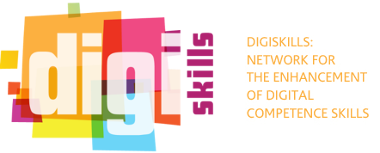Avoiding Plagiarism Tutorial

| Rate | |||
| Criteria Evaluation | |||
transferable adaptability innovative acceptability impact effectiveness availability creativity collaborative
The good teaching practice at a glance
applied
Learner
Higher Education
This tutorial provides an overview of the actions which constitute plagiarism and why it is serious. It offers tips and advice on avoiding plagiarism and includes an interactive quiz and exercises to enable students to practice.
Very easy
Detailed description
Defining plagiarism, learn why plagiarism is serious, learn to avoid it, learn good note-taking habits, learn to quote and paraphrase, define common knowledge, learn when to reference
15 min.
This tutorial aims to help you understand plagiarism and how to avoid committing it.
What is plagiarism? : A short online quiz on what you think plagiarism is.
Defining plagiarism: A video on plagiarism (also available in Word doc.)
Why is plagiarism serious?: Explanation
Avoiding plagiarism: Description and good tips
Good note taking habits: Hands-on examples and advices
Quoting: Explanation and video illustration
Paraphrasing: Explanation
Common knowledge: Definition and examples
When to reference: How-to-do-it guide with graphics
When to cite - exercise
Further practice: Exercises to test your gained knowledge and turn into practice
This practice can be used as an exercise during lessons, in groups but can be used also in personal learning environments. The practice is ready to use and support meaningful and useful learning activities. Recommendable for secondary school, university level and adult learning equally.
online learning envirnoment, internet connection, laptop or PC
| Country of origin | United Kingdom |
| Language of the practice | English |
| Website related | Online Tutorial |
| Status of the practice | Final |
| Download full practice desciprion |
- ICT enabled learning - Using digital resources for face-to-face classroom practice & for online learning/blended classroom practice
About the author
| Name of contributor | Robin Goodfellow, Beatriz de los Arcos, Martin Weller, Tim Seal, Terese Bird, Jackie Carter, Richard Windle |
| Affiliation of contributor | Project leader, Project Research Assistant, Project Advisor, Project Client Advisor, Project partners |
| Institution where this practice was implemented | Provided by Information Services, Cardiff University to Digital Scholarship Team: UK Open University in partnership with the Universities of Nottingham and Leicester and Manchester Information and Associated Service (Mimas) at the University of Manchester |
| Contact e-mail | suba@eden-online.org |
- Log in to post comments


